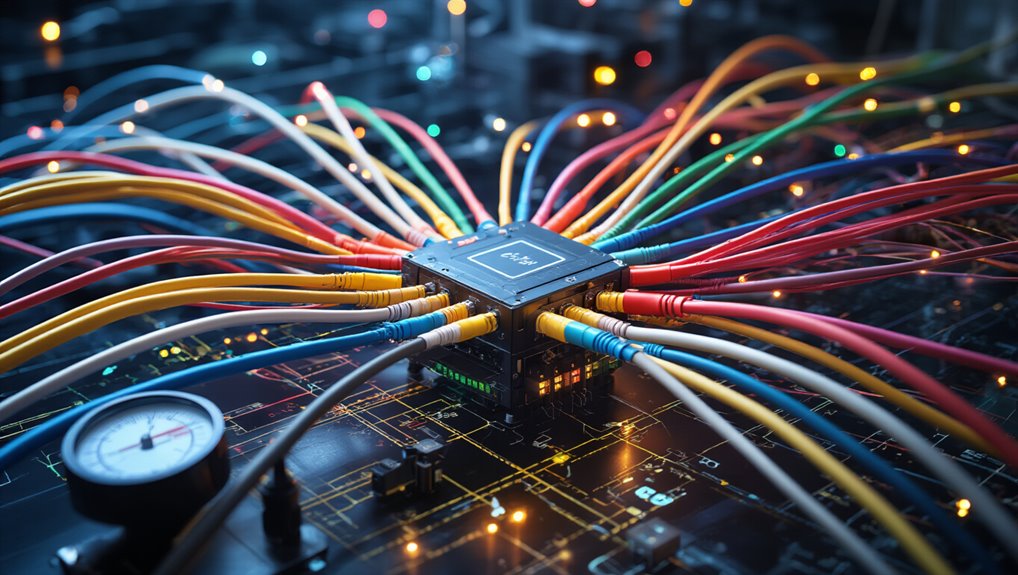Why do organizations struggle with managing the ever-expanding array of devices accessing their networks? The proliferation of laptops, smartphones, tablets, and other endpoints has created substantial security and administrative challenges for IT departments. This device diversity often forces teams to juggle multiple management platforms, creating inefficiencies and security gaps.
Unified Endpoint Management (UEM) solutions are revolutionizing this landscape by providing centralized control across all devices regardless of operating system. IT administrators can now enforce consistent security policies through a single console, dramatically reducing vulnerability points. The zero-trust security model implemented by UEM requires continuous verification before granting access to company resources, preventing unauthorized data breaches. Advanced platforms like Tanium enhance this capability by offering real-time visibility across all endpoints simultaneously. UEM also enables better data protection and privacy control across diverse organizational environments.
Centralized management across all devices creates powerful security enforcement while zero-trust verification protects sensitive company data.
Organizations implementing UEM report considerable operational improvements. Routine tasks that once consumed hours of IT staff time—such as patch deployment, software distribution, and configuration management—become automated processes. This automation allows technical teams to focus on strategic initiatives rather than endless maintenance activities. The integration of middleware capabilities acts as a bridge between legacy systems and modern applications, further simplifying management across various services.
A major financial institution reduced device provisioning time from days to hours after implementing UEM, saving approximately 3,000 IT hours annually.
The cost benefits are equally impressive. Companies typically experience reduced hardware expenses through support for BYOD policies and decreased infrastructure costs by eliminating redundant management servers. One manufacturing firm reported 31% lower endpoint management costs within the first year after UEM adoption. These savings come alongside reduced licensing fees through platform consolidation.
Compliance management becomes streamlined with UEM’s automated audit capabilities. The system continuously monitors device configurations against regulatory requirements like HIPAA or GDPR, producing real-time reports that once required weeks of manual documentation.
IT teams can instantly verify compliance status across thousands of endpoints, eliminating the scramble before audits.
Perhaps most notably, UEM provides unprecedented visibility into the entire device ecosystem. IT professionals can monitor device health, application usage, and security status in real time, addressing potential issues before they impact productivity or security.








